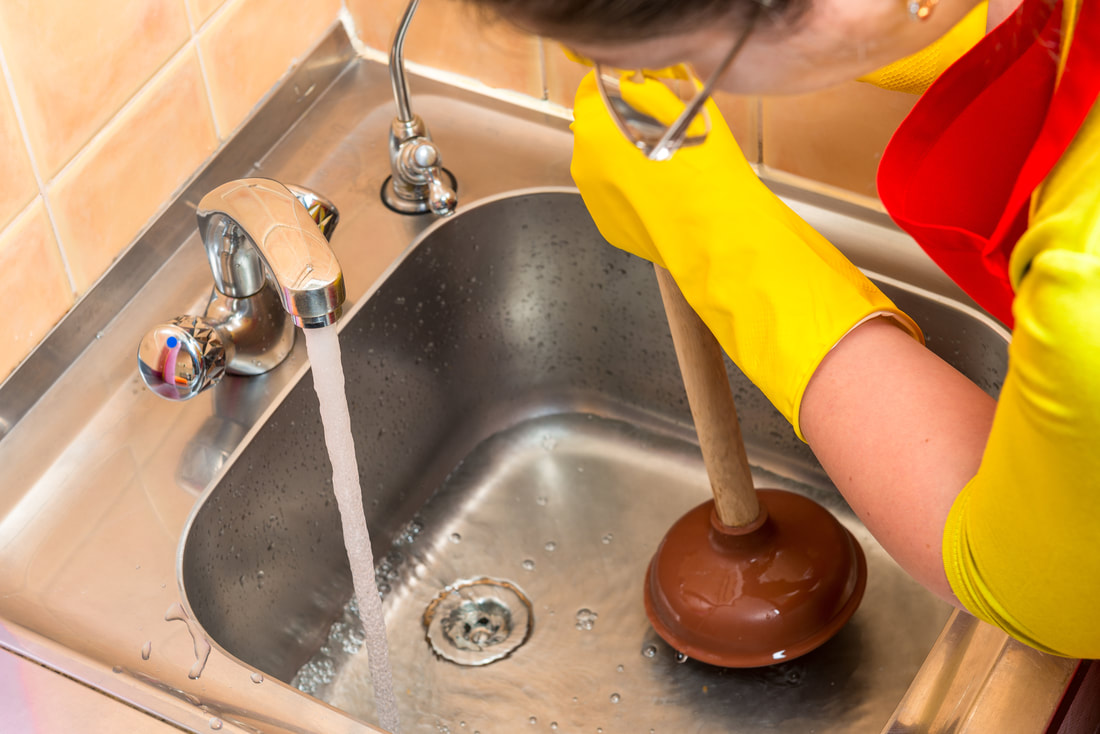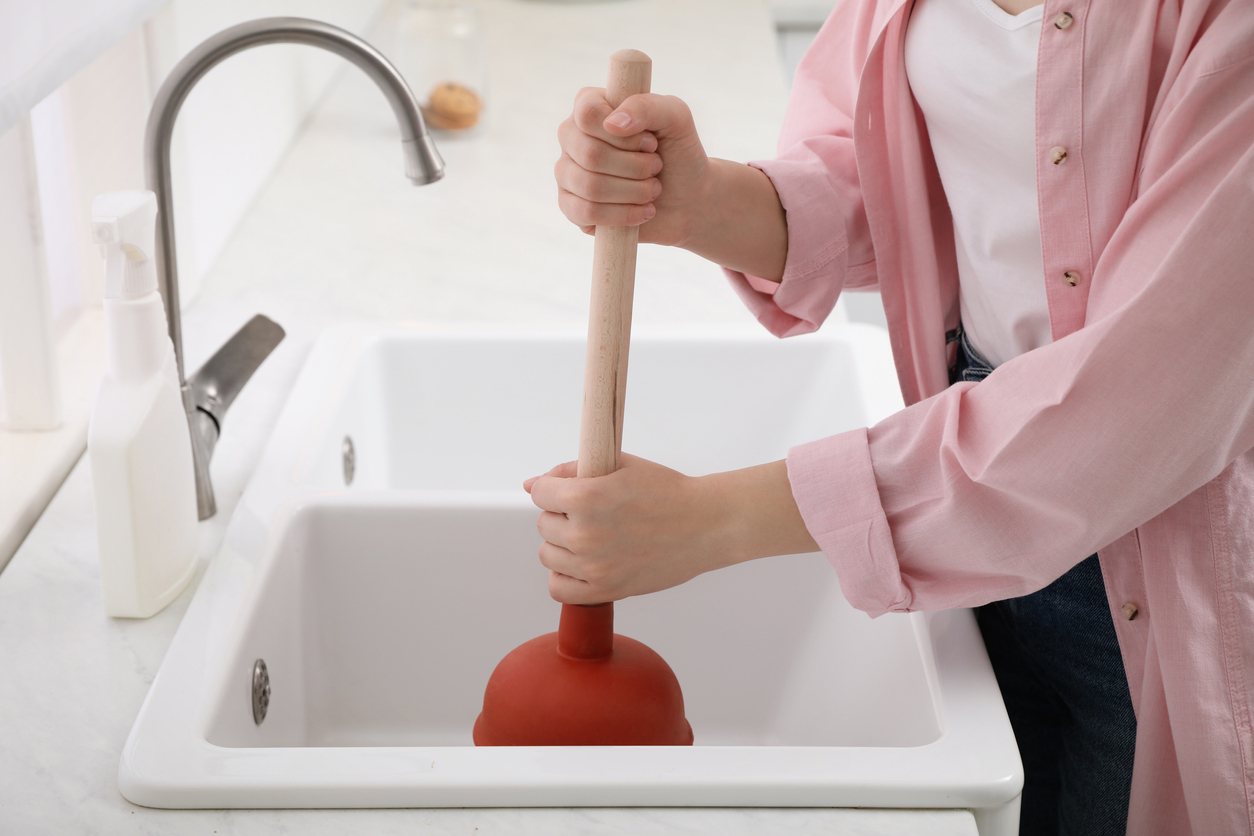How to Successfully Use Plungers and Drain Cleaner: Professional Tips
How to Successfully Use Plungers and Drain Cleaner: Professional Tips
Blog Article
In this article in the next paragraphs you will discover some superb insight all about Tips on How to Effectively Use a Plunger.

Introduction
Correct maintenance of family drains is necessary for protecting against blockages and ensuring smooth water flow. Among the trick tools in every property owner's toolkit is the bettor, along with various drain cleaners created to tackle stubborn clogs successfully. This post discovers just how to make use of bettors and drainpipe cleansers successfully to maintain your drains pipes streaming freely.
Section 1: Understanding Bettors
Sorts of Plungers
There are numerous kinds of plungers available, each made for various kinds of drains and obstructs. One of the most common types include mug bettors, flange plungers, and accordion bettors.
How Plungers Work
Plungers deal with the principle of creating stress and suction to displace clogs. When effectively used over a drain, they create a vacuum that can pull out particles or break up clogs.
Choosing the Right Bettor
Selecting the best bettor depends on the kind of drainpipe and the nature of the clog. Cup plungers are excellent for sinks and tubs, while flange plungers are much better matched for toilets due to their style.
Typical Blunders with Bettors
Staying clear of these mistakes guarantees efficient plunging: incorrect seal around the drain, inadequate force, and not clearing surrounding debris.
Section 2: Using Plungers Effectively
Preparation
Prior to diving, make sure the plunger covers the drain totally and creates a limited seal. Clear any kind of visible particles around the drain opening.
Method
Beginning with gentle diving movements to construct suction. Increase pressure progressively, using a constant rhythm. Repeat as required up until the drainpipe gets rid of.
Troubleshooting Tips
If plunging does not function, try changing the seal, using oil jelly for a better seal, or utilizing a different kind of plunger.
Area 3: Recognizing Drain Cleansers
Types of Drainpipe Cleansers
Drain cleansers can be chemical or chemical. Chemical cleaners make use of solid chemicals to dissolve blockages, while chemical cleansers make use of natural enzymes to break down organic matter.
Exactly How Drain Cleansers Job
Chemical cleaners respond with clogs to liquify them, while enzymatic cleaners break down natural products like hair and oil without damaging pipelines.
Safety and security Factors to consider
Constantly use gloves and eye security when using chemical drain cleansers. Ensure adequate ventilation and adhere to maker directions thoroughly.
Eco-Friendly Alternatives
Think about using vinegar and cooking soda or enzyme-based cleaners for eco-friendly choices that are safer for pipelines and the environment.
Area 4: Using Drainpipe Cleaners Properly
Application Techniques
Put chemical cleaners directly right into the drain opening. Enable them to benefit the recommended time prior to flushing with hot water. Chemical cleansers need to sit over night.
Safety measures
Prevent mixing various kinds of cleaners, as this can generate toxic fumes. Never use chemical cleansers together with a plunger, as splashing can happen.
Managing Persistent Obstructions
For relentless obstructions, consider making use of a pipes serpent or calling a specialist plumbing technician to avoid damages to pipelines.
Verdict
Finally, comprehending exactly how to use plungers and drain cleansers properly is crucial for preserving healthy and balanced plumbing systems. By picking the right devices and techniques, home owners can tackle small clogs and protect against major pipes issues down the line.
How To Properly Use A Plumbing Snake To Clear Drains
When any drain clogs in our home arise, we tend to gravitate toward the plunger and little else. In cases where the plunger and its vacuum-created pressure are not able to clear clogs, many immediately move to harmful chemicals or simply call their plumber to fix the issue.
we’re happy to help with all drain cleaning needs and concerns. This includes informing you on a few other home remedies you may have at your disposal for minor to moderate clogs, one of which is the use of a plumbing snake. Many people have never used one of these before – let’s go over the steps to take when your drain clogs and you have a plumbing snake available.
Attempt Plunger Use
The first step here, as we noted above, should indeed be to grab your plunger when you notice a drain clog and attempt to resolve it this way. If you’re unsure how to use a particular type of plunger, our plumbers can answer any questions you have. If this doesn’t do the trick, however, you move on to the snake.
Locate And Prepare Snake
A plumbing snake is a metal or plastic device that’s generally about a quarter of an inch thick. It’s design with significant extensions, meant to reach down into your clogged drain and push the clog out. Snakes also contain drain augers that will latch onto and push stubborn blockages.
If your plunger doesn’t clear a clog, locate your snake and bring it to the drain in question. We also recommend keeping a bucket nearby to collect the clog once you pull it out, plus we’d advise wearing goggles and possibly protective gloves.
Feed Snake
Once you’re ready to go, feed the snake slowly down the drain, using the crank device it comes with to keep it moving until it finds the clog. Once this happens, much of the clog will be latched onto the coil so you can pull it out, while the rest will simply break up and flow downward.
Detach Debris
Remove the snake slowly from the drain, and once you’ve done so, pick off any debris that’s stuck to the coil. This is another area where wearing gloves is a must.
Flush Drain
Finally, take a few minutes to ensure the snake has done its job correctly. If you’ve been using it on a toilet, flush the toilet a couple times and make sure everything flows well. If you’ve used it on a different drain, flush it with some room temperature water.
https://www.mybuddytheplumber.com/blog/how-to-properly-use-a-plumbing-snake-to-clear-drains/

Application Techniques
Put chemical cleaners directly right into the drain opening. Enable them to benefit the recommended time prior to flushing with hot water. Chemical cleansers need to sit over night.
Safety measures
Prevent mixing various kinds of cleaners, as this can generate toxic fumes. Never use chemical cleansers together with a plunger, as splashing can happen.
Managing Persistent Obstructions
For relentless obstructions, consider making use of a pipes serpent or calling a specialist plumbing technician to avoid damages to pipelines.
Verdict
Finally, comprehending exactly how to use plungers and drain cleansers properly is crucial for preserving healthy and balanced plumbing systems. By picking the right devices and techniques, home owners can tackle small clogs and protect against major pipes issues down the line.
How To Properly Use A Plumbing Snake To Clear Drains
When any drain clogs in our home arise, we tend to gravitate toward the plunger and little else. In cases where the plunger and its vacuum-created pressure are not able to clear clogs, many immediately move to harmful chemicals or simply call their plumber to fix the issue.
we’re happy to help with all drain cleaning needs and concerns. This includes informing you on a few other home remedies you may have at your disposal for minor to moderate clogs, one of which is the use of a plumbing snake. Many people have never used one of these before – let’s go over the steps to take when your drain clogs and you have a plumbing snake available.
Attempt Plunger Use
The first step here, as we noted above, should indeed be to grab your plunger when you notice a drain clog and attempt to resolve it this way. If you’re unsure how to use a particular type of plunger, our plumbers can answer any questions you have. If this doesn’t do the trick, however, you move on to the snake.
Locate And Prepare Snake
A plumbing snake is a metal or plastic device that’s generally about a quarter of an inch thick. It’s design with significant extensions, meant to reach down into your clogged drain and push the clog out. Snakes also contain drain augers that will latch onto and push stubborn blockages.
If your plunger doesn’t clear a clog, locate your snake and bring it to the drain in question. We also recommend keeping a bucket nearby to collect the clog once you pull it out, plus we’d advise wearing goggles and possibly protective gloves.
Feed Snake
Once you’re ready to go, feed the snake slowly down the drain, using the crank device it comes with to keep it moving until it finds the clog. Once this happens, much of the clog will be latched onto the coil so you can pull it out, while the rest will simply break up and flow downward.
Detach Debris
Remove the snake slowly from the drain, and once you’ve done so, pick off any debris that’s stuck to the coil. This is another area where wearing gloves is a must.
Flush Drain
Finally, take a few minutes to ensure the snake has done its job correctly. If you’ve been using it on a toilet, flush the toilet a couple times and make sure everything flows well. If you’ve used it on a different drain, flush it with some room temperature water.
https://www.mybuddytheplumber.com/blog/how-to-properly-use-a-plumbing-snake-to-clear-drains/

Do you enjoy reading about ? Put a short review further down. We'd be pleased to listen to your thoughts about this blog entry. Hoping that you come back again in the near future. Liked our post? Please share it. Help another person check it out. Bless you for your time. Revisit us soon.
Book Services Report this page